Jasper County Mississippi was one of three counties targeted by one or more EF2 tornadoes over the weekend of January 3rd. Thirty-Three homes were destroyed in these weather events. This is certainly tragic, and news. Of course the media outlets focused on the “mobile home community” where six of the homes were destroyed. These six homes were all reported by local media as “mobile homes.”
First, why did the news media focus on the 6 ‘mobile homes,’ vs. the dozens of conventional houses that were destroyed. Is that media bias?
The NBC news report on this previous southern tornado incident – shown in the photo above- includes these comments:
“For three days this week, dozens of twisters raked across the South and Plains, killing 38 people and destroying hundreds of homes.”
So why didn’t the Mississippi news media in this recent incident focus on the dozens of conventional houses destroyed? Why did their coverage focus instead on ‘mobile homes’ destroyed?
Manufactured Home on right was the least expensive home in that market area,
while the conventional house on the left that loses its roof and suffers major damage
cost about 4-5 times as much as the MH.
Still photos credit: NBC News/IBHS Hurricane Wind Test video.
To be fair, it is entirely possible that all six of these older factory built houses reported by the MS media were in fact “mobile homes;” meaning pre-June 15, 1976 houses built in a factory. There have been no mobile homes built in the U.S. since June 15, 1976!
The likelihood that all 6 of those MH’s were ‘mobile homes’ is limited. Perhaps 20%-25% of the factory-built houses in use in the U.S. today are truly “mobile homes,” meaning built pre-1976 federal construction standards. Those national safety and construction standards are proven to make modern manufactured homes (MH) as safe or safer than conventional construction, so long as they are properly installed.
Those federal standards, commonly called the HUD Code for manufactured homes, upgraded the homes and turned pre-code ‘mobile houses’ legally into ‘manufactured homes.’
“Manufactured homes” isn’t just a nicer, fancier or newer name for a mobile home. The new name reflects an improved way of building the homes to make them stronger, safer and better! That’s good for consumers and for the MH industry too.
Why is one house crushed and the neighboring one damaged but structurally
intact? Many times the answer is proper MH installation.
Moore, OK May 5, 2013. that destroyed hundreds of conventional houses,
as well as dozens of mobile and manufactured homes.
But even a good product has to be properly used. A good manufactured home has to be properly installed. In some areas, manufactured homes didn’t have state or federal standards installation until the last decade or so.
Photo above from recent MS tornadoes. Notice that the home, even though it rolled,
someone could have survived inside it. Do you see any anchor straps on this house?
In fact, even without straps, there were no deaths in this incident. Credit – Weather Channel.
What is likely is that these six homes in the MS incident had improper or no tie down installations. Why do I say that? Simple! Because the community owner’s manufactured home was clearly unmoved in that same tornado, as the same news video footage revealed.
The home that survived that MS tornado had relatively minor damage and was reported as still very much livable. It was apparently ‘tied down.’ So what about the others right next to that properly installed home?
Here are the most reasonable scenarios on the 6 “mobile” or manufactured homes that were destroyed:
- The mobile or manufactured homes had improper installation and/or no anchors/strapping. Anything not anchored to the ground is likely to go flying – or in the case of a house that weighs as much as 30,000 pounds for a single section – may roll or get badly damaged.
- The houses had improper additions attached to the mobile or manufactured home. Hurricane wind studies reported by IBHS and NBC News indicate that 80% of all MHs lost in hurricanes are not the failure of the home itself, but rather are damaged by faulty add-ons that in turn cause a part of the home to open up to severe winds that then further damage or destroy the home. Wouldn’t that principle also apply to tornadoes?
- As an interesting side note, a town in FL is considering a law requiring outside Air Conditioners on conventional houses to be properly installed, because those ACs that aren’t tied down are often picked up by high winds – and when they go flying – are dangerous!
- High winds and tornadoes aren’t a manufactured home issue, it is a proper installation issue!
The second bullet applies the same to conventional housing as site built housing.
Notice that this hurricane wind test was performed in a special facility by the Insurance Institute for Business & Home Safety (IBHS). The house on the right is ‘fortified,’ the one on the left is regular site build construction. The same sort of thing can happen with a tornado. Who says? This video of a conventional house in Iowa capture by a bank ATM camera! It shows a conventional house swept away in seconds by the tornado winds once contact is made.
When we look at the video of the 6 destroyed MHs and the one that survived provided by the news outlet, you can faintly see the strapping under the home still standing. By contrast, we can’t see ANY strapping or evidence of anchors from the video on the 6 destroyed homes.
This tragic MS story could have been educational, not just sensational. The media could have said, the lesson here is that a manufactured home that is properly installed is no more vulnerable to a tornado than a conventional house.
Then, the media could have said, if you own a mobile or manufactured home, why not use this tragedy as a reminder that it is pretty low cost to anchor your home properly, vs. the terrible loss that could take place if your home has no anchors.
Today and for many years, manufactured homes have to have proper installation as mandated by the Manufactured Housing Improvement Act of 2000 (MHIA 2000). The media and public officials should note that the MH industry WANTED these standards, the industry asked for this law! Which means, as an industry we want our home owners to be safe and have the most possible peace of mind!
Perhaps good reporters need to learn a bit more about current best practices and that the HUD Code for manufactured homes now nationally blankets the manufactured home industry coast to coast. Maybe the media and their news directors need to read the reports and watch the testing videos that show the strength of properly installed manufactured homes in high winds.
Maybe, just maybe, the media needs to quit focusing on events that shine an implied bad light on a large section of the housing industry and instead re-focus on how more families are becoming home owners with quality built manufactured homes, at a fraction of the cost of “site built” homes.
No house above ground is completely safe in a tornado. But there are plenty of examples of manufactured homes that survive right next door to some that don’t. The difference? In many cases, the answer is clearly the quality of the home’s anchoring/installation.
An improperly installed manufactured home won’t stand up to a tornado of any real magnitude, then again, neither will “site built” homes.
The media should make sure of their facts before they report and should always use the proper terminology. The report as it stands leaves more questions than answers. The media shouldn’t target manufactured homes, when site built houses are just as vulnerable, and at times, more so.
One bit of good news they got right in the report is that there were no serious injuries or fatalities, and when it comes down to it, that is the most important news information that we can get. ##

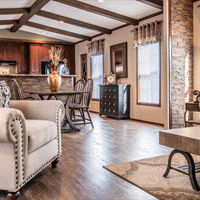
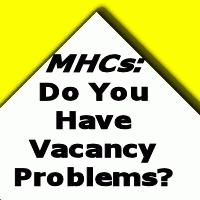







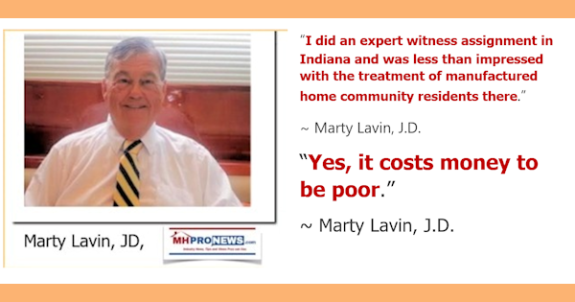
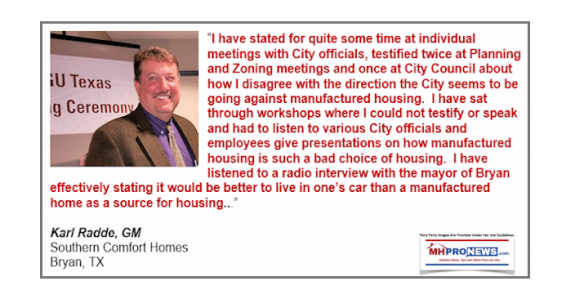
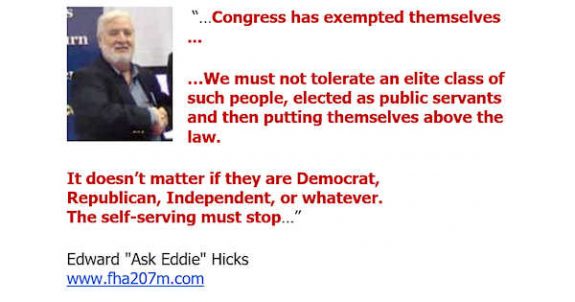
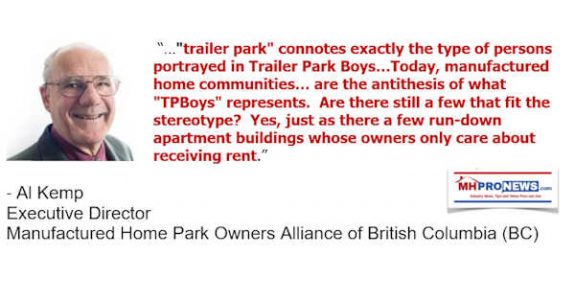
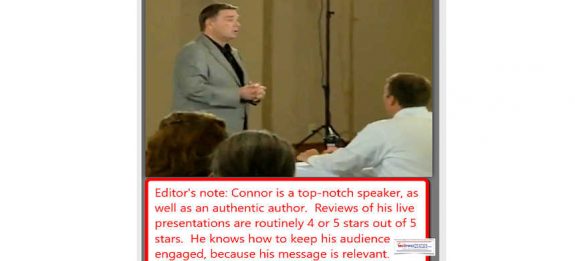
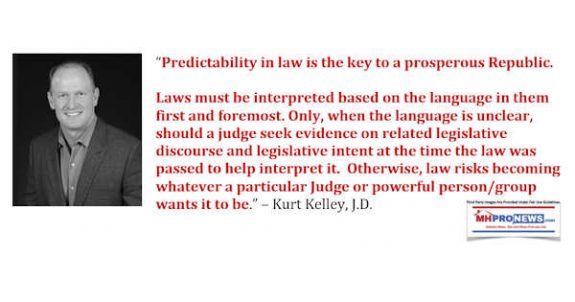
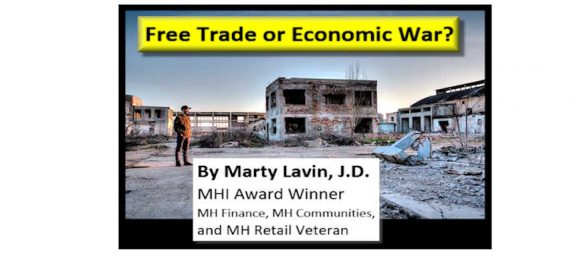
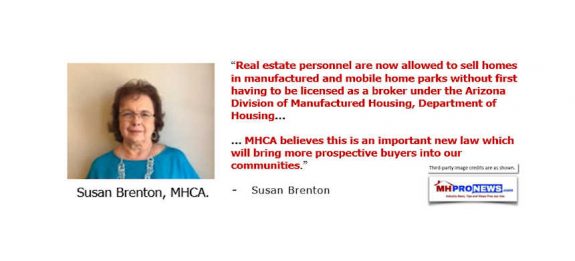
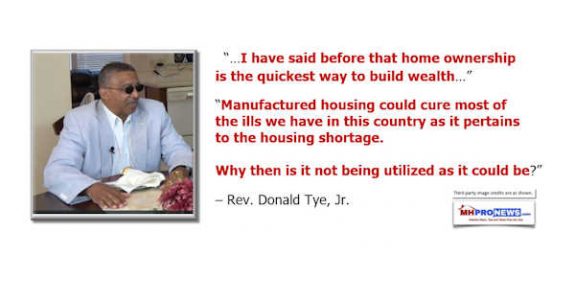
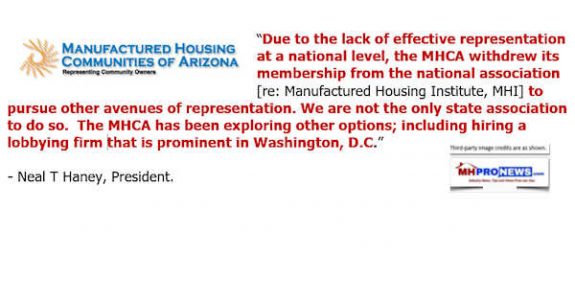

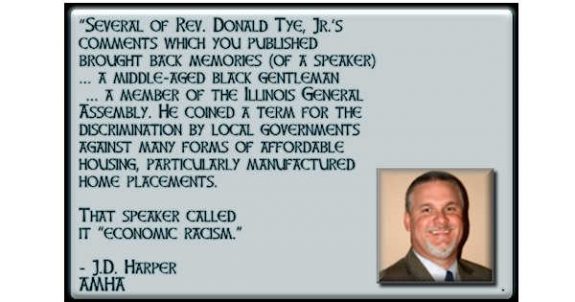
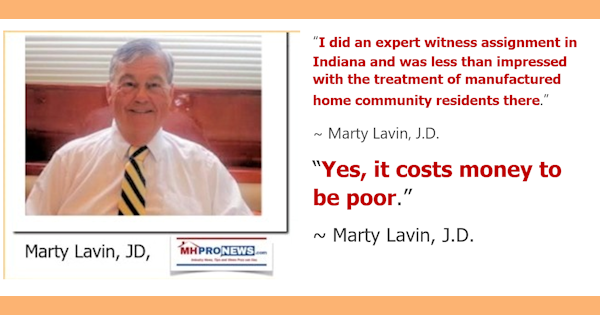
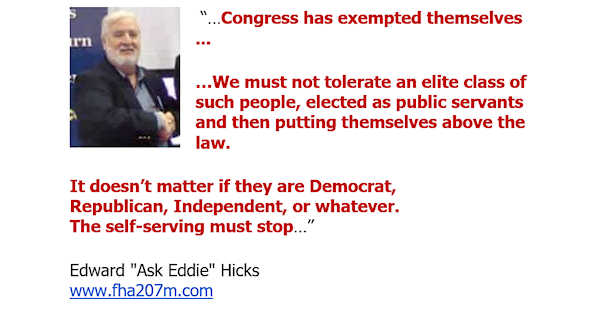
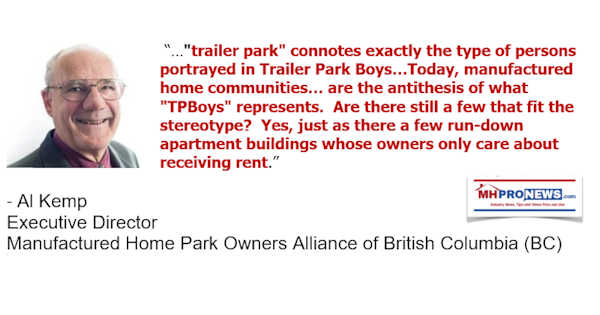
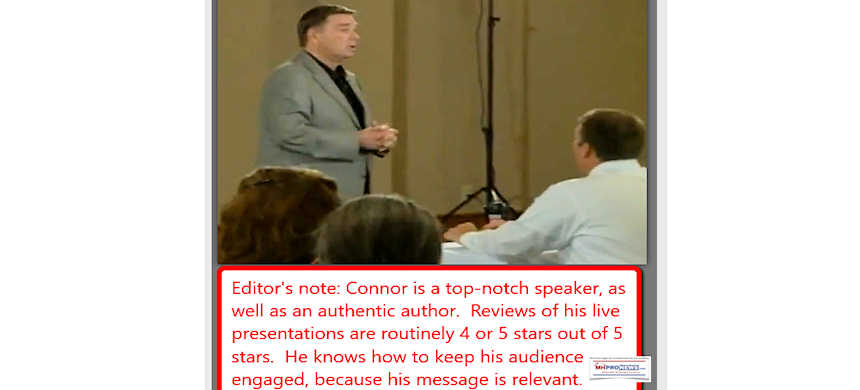
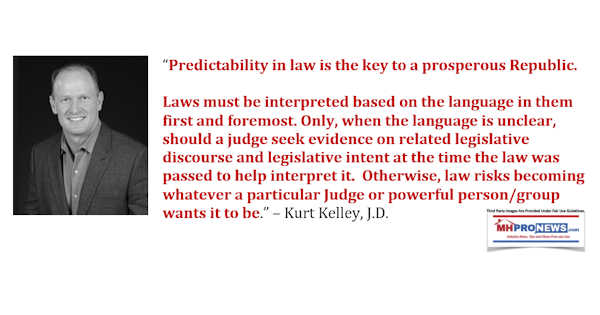
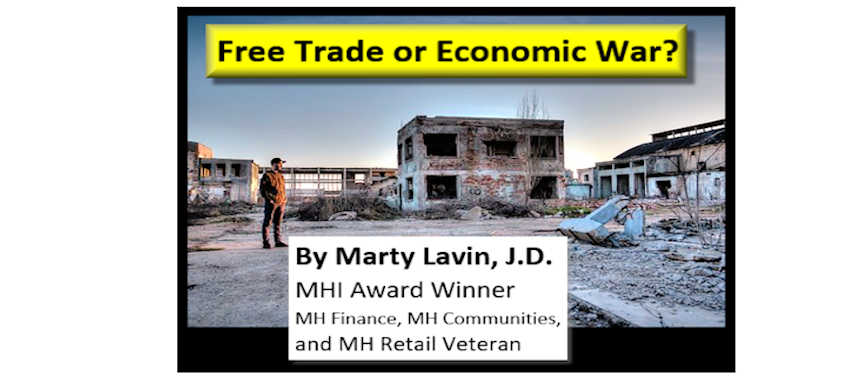
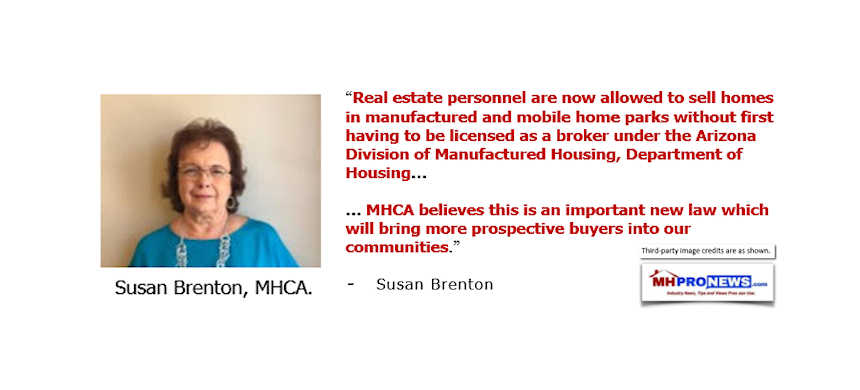
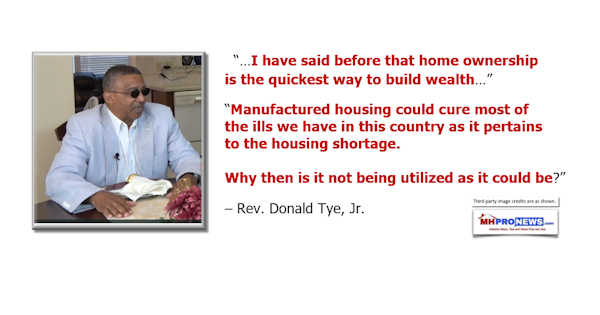
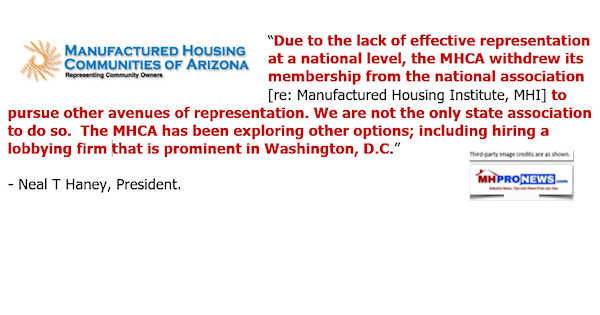

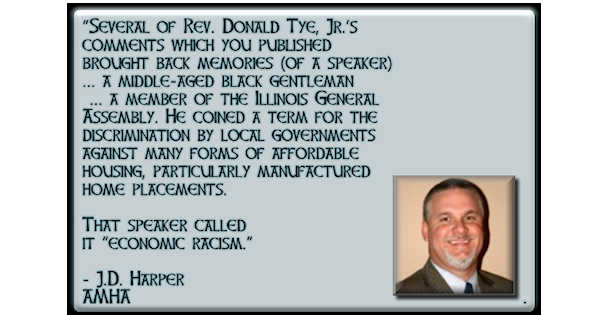
Karl Radde – TMHA, MHI, Southern Comfort Homes – Addressing Bryan City Leaders, Letter on Proposed Manufactured Home Ban
To All Concerned [Bryan City Officials, Others]: As the retail location referenced by Mr. Inderman, I would like to take a moment to address the …